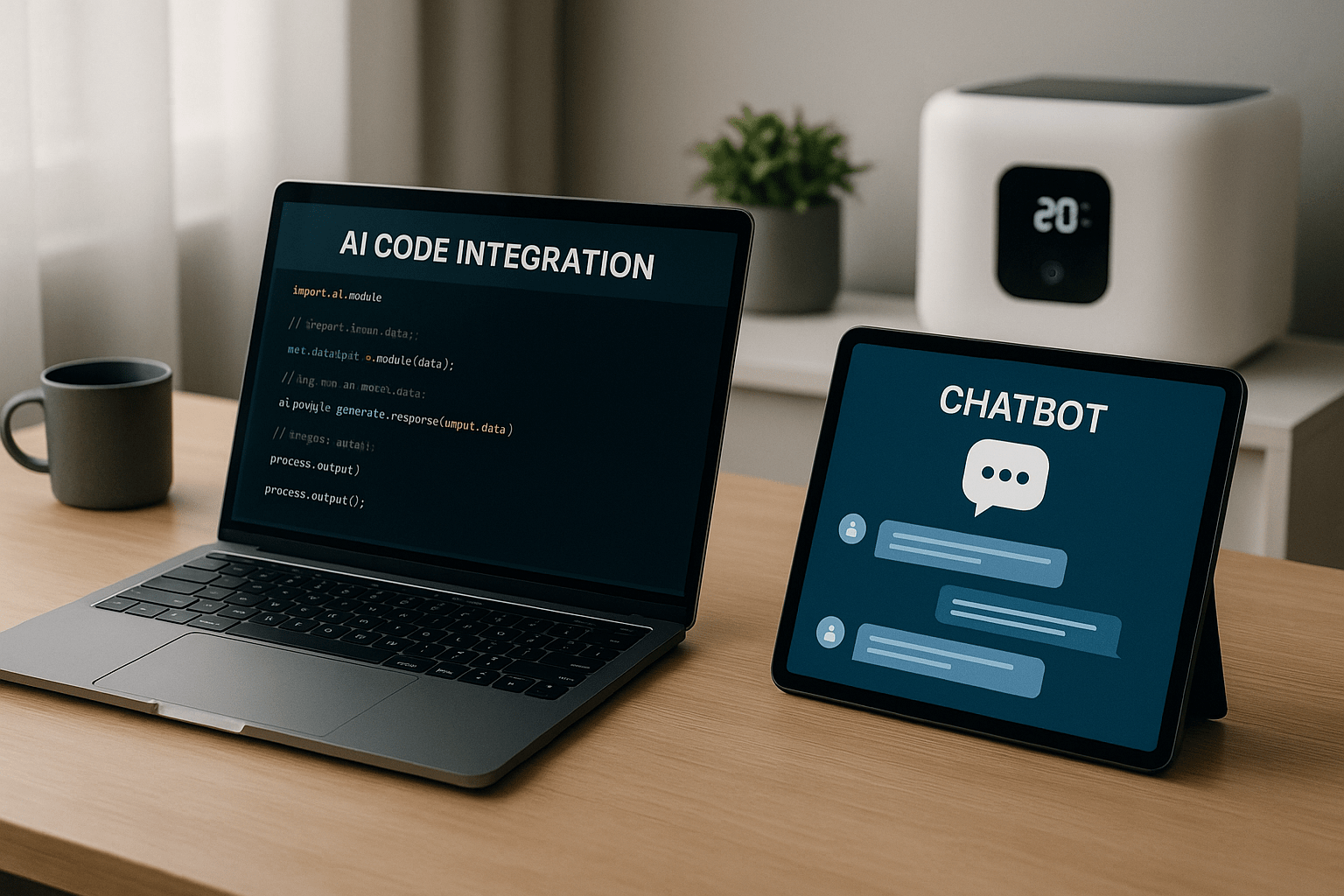AI-driven call analysis is revolutionizing the manner in which companies manage customer calls. What used to take hours of tedious review can be done now by automating, optimizing, and scaling. But are businesses maximizing this shift—or are they still mired in legacy call center practices?
This change is greater than technical—it’s strategic. At Pensora, we discuss how artificial intelligence is transforming voice information into business information, automating customer service, sales calls, and even compliance processes.
Key Takeaways
- AI call analysis enables businesses to gain insight into customer intent and sentiment at scale.
- Real-time transcription and emotion detection enhance agent performance.
- Standard call monitoring techniques are being quickly made obsolete.
- Voice analytics with AI can inform more effective business decisions.
- Call insights are increasingly at the heart of customer retention and sales optimization.
- Companies need to balance automation with one-to-one human interaction.
The Emergence of AI Call Analysis in Business
Call centers have always been a data-rich setting. Each call holds inside it customer needs, levels of satisfaction, and points of friction. But until recently, much of this data went untapped.
AI call analysis does that by converting sound data into organized, searchable data. Driven by technologies such as natural language processing (NLP), speech-to-text transcription, and machine learning, AI can now process multiple thousands of calls within minutes—something that would take human agents days or even weeks.
Technology such as call transcription software, speech analytics platforms, and real-time voice AI is becoming indispensable across verticals, from healthcare to retail and banking. This’s not about automation—it’s about extracting deeper, actionable insights.
Getting Familiar with the Technology of Voice Analytics
AI call analysis employs a mix of speech recognition, natural language understanding, and sentiment analysis to decode the meaning, tone, and structure of customer conversations.
Some key components are:
- Speech-to-Text Engines: Convert spoken words into text instantly.
- Natural Language Processing (NLP): Understands context, intent, and language nuances.
- Sentiment Detection: Measures emotional tone, from frustration to satisfaction.
- Keyword Spotting: Identifies high-impact words, such as “cancel,” “refund,” or “angry.”
By combining these layers, AI doesn’t just transcribe—it understands.
At Pensora, we’ve seen how organizations are leveraging these tools to create more adaptive, insight-driven customer support environments.
AI in Customer Service: Beyond Traditional Call Monitoring
In traditional systems, quality assurance teams only manually audited a minority of calls, which frequently resulted in skewed conclusions. AI reverses this paradigm by making 100% call monitoring possible—providing managers with end-to-end visibility into agent activities and customer interactions.
Using AI-based dashboards, businesses can now monitor:
- Agent performance metrics
- Customer sentiment patterns
- Common pain areas or product issues
- Escalation triggers and compliance violations
This degree of granularity facilitates quick decision-making, continuous coaching, and anticipatory improvements.
In addition, real-time voice analysis enables agents to get live recommendations in the middle of calls, resulting in improved resolution rates and higher customer satisfaction.
Improving Sales Calls with Predictive Intelligence
Sales representatives are also embracing AI call analysis solutions to enhance lead conversion rates and discover winning behaviors. Through the analysis of tens of thousands of recorded calls, AI can identify what successful reps say—& and how they say it.
Use cases are:
- Improving sales scripts based on best-performing conversations
- Recognizing objections early and responding more effectively
- Enhancing follow-up timing with AI-powered lead scoring
- Uncovering upsell and cross-sell opportunities
The use of AI-based sales call analytics isn’t about performance—it’s about strategy. When you understand which words close deals, which tone builds trust, or which keywords indicate hesitation, you get a quantifiable edge.

Real-Time Transcription and Compliance Benefits
For heavily regulated sectors such as finance, insurance, and healthcare, AI-driven call compliance monitoring is a game-changer. Automated transcription and keyword monitoring ensure that agents adhere to mandated scripts and legal requirements.
This minimizes the chance of non-compliance while allowing human auditors to concentrate on more sophisticated cases.
Advantages are:
- Automatic record-keeping and documentation
- Red flag alerts for objectionable language or offers
- Audit-ready transcripts for legal and regulatory examination
It’s Not About Avoiding Fines—It’s About Establishing Trust with Customers Through Reliable, Consistent Communication
Customer Sentiment Analysis: Listening at Scale
Customer sentiment analysis is perhaps the strongest use of AI call analysis. By identifying stress, excitement, confusion, or frustration in a caller’s voice, AI enables companies to see how customers really feel, even when they don’t express it aloud.
This can be applied to:
- Flag calls that need immediate follow-up
- Identify risky customers who are likely to churn
- Enhance satisfaction surveys with emotional information.
Refine customer journey strategies.
By examining not only what is said, but also the way it’s said, companies are now getting a much better picture of customer satisfaction in real time.
Top Business Benefits of AI Call Analytics
The companies adopting AI call analysis are achieving competitive advantages that extend far beyond business efficiency. These solutions are now essential for:
- Enhancing customer experience metrics (CX)
- Increasing first-call resolution (FCR) rates
- Decreasing average handling time (AHT)
- Increased net promoter scores (NPS)
- Sales training gaps identification
When considered together with CRM systems, AI-driven insights feed directly into customer profiles, enhancing personalization in every subsequent interaction.
At Pensora, we always witness AI call analytics transforming relatively simple voice data into a long-term engine for growth.
The Future of AI in Voice Data Analytics
As natural language AI models continue to evolve, we’ll see even more sophisticated applications, including:
- Emotionally adaptive voice assistants capable of adjusting tone and pace based on the caller’s mood.
- Multilingual sentiment detection to serve global audiences better.
- Predictive voice analytics that anticipate customer needs before they’re spoken.
But with these innovations come new questions. Can over-automation destroy the human touch? Will customers have faith in AI-powered conversations? How do we preserve moral boundaries in data-driven choices?
Finding a balance between innovation and empathy will be the next chapter in AI voice analysis.
The Takeaway
AI call analysis is no longer an obscure innovation—it’s emerging as a necessity for organizations committed to customer experience, sales momentum, and operational effectiveness. From live transcription to sentiment monitoring and sales empowerment, the benefits of AI in customer calls are unmistakable.
As discussed on Pensora, companies that adopt such technologies gain deeper insights, improved decisions, and a competitive edge in an increasingly voice-led world.
The voice analytics future is now. The question is: Are you listening?











Leave a Reply